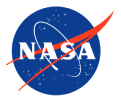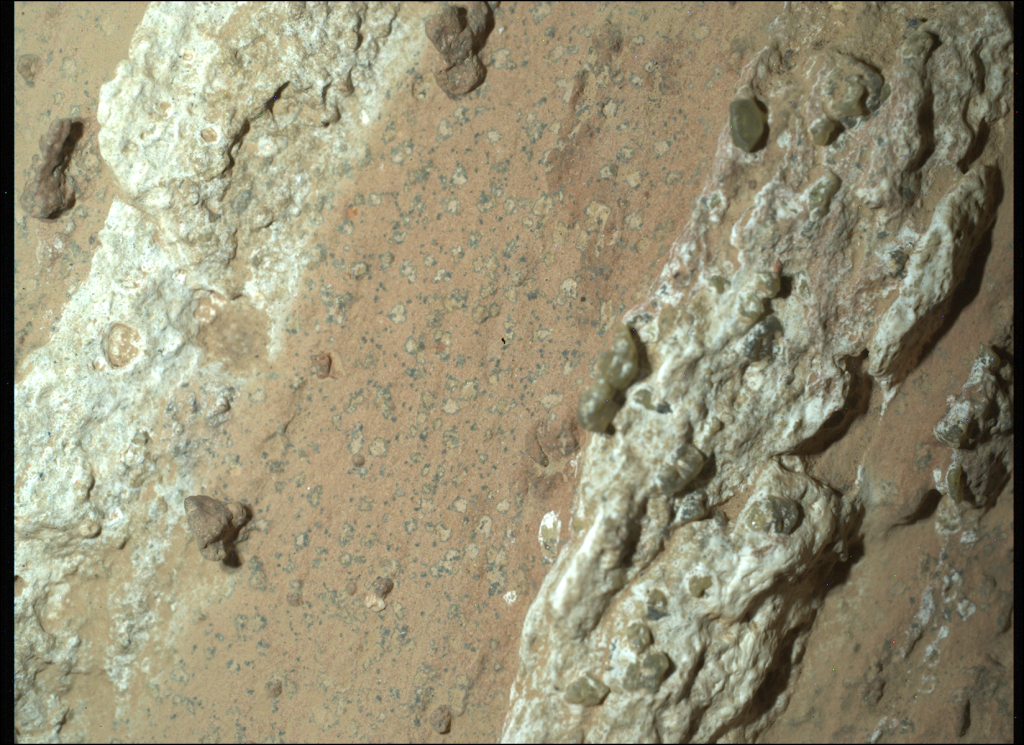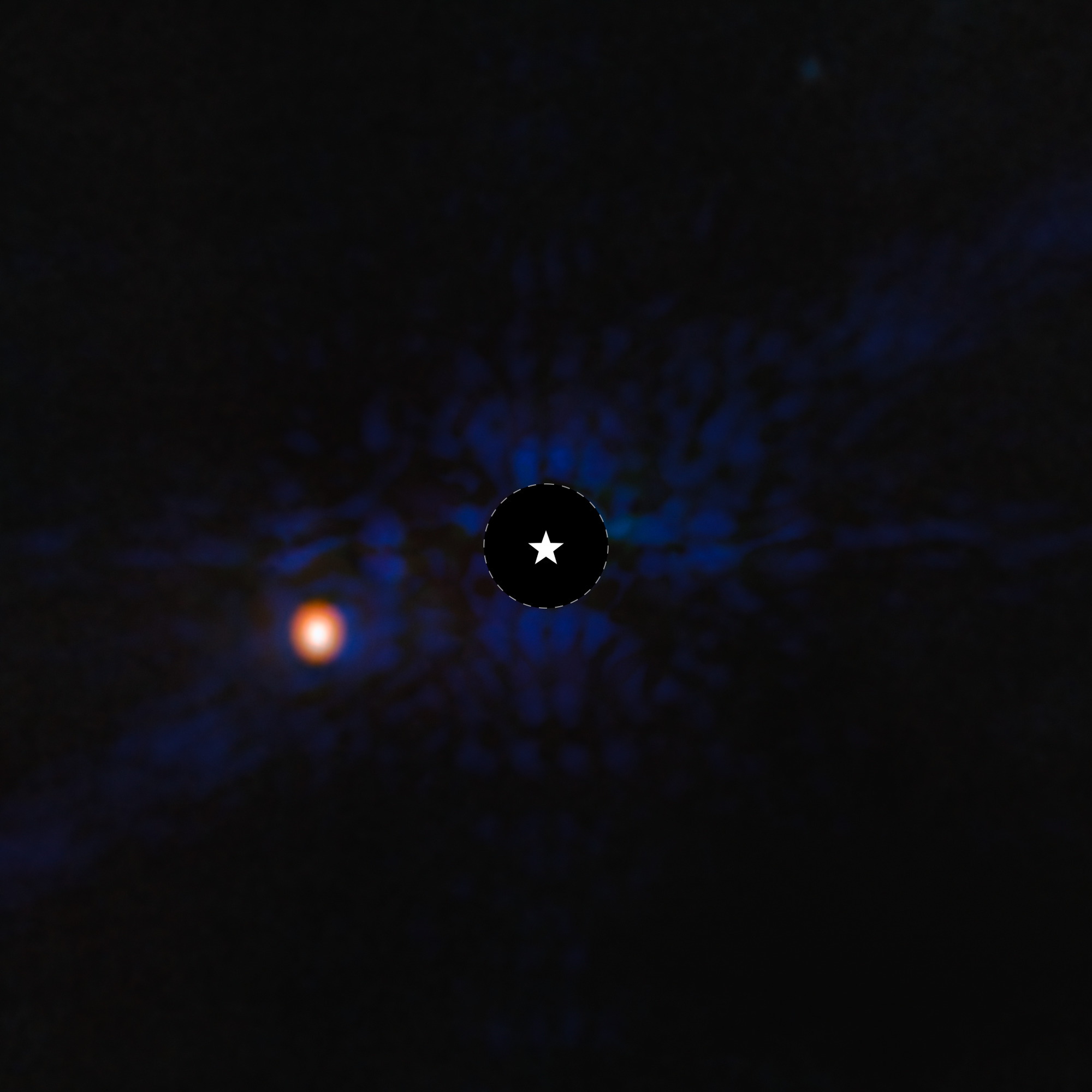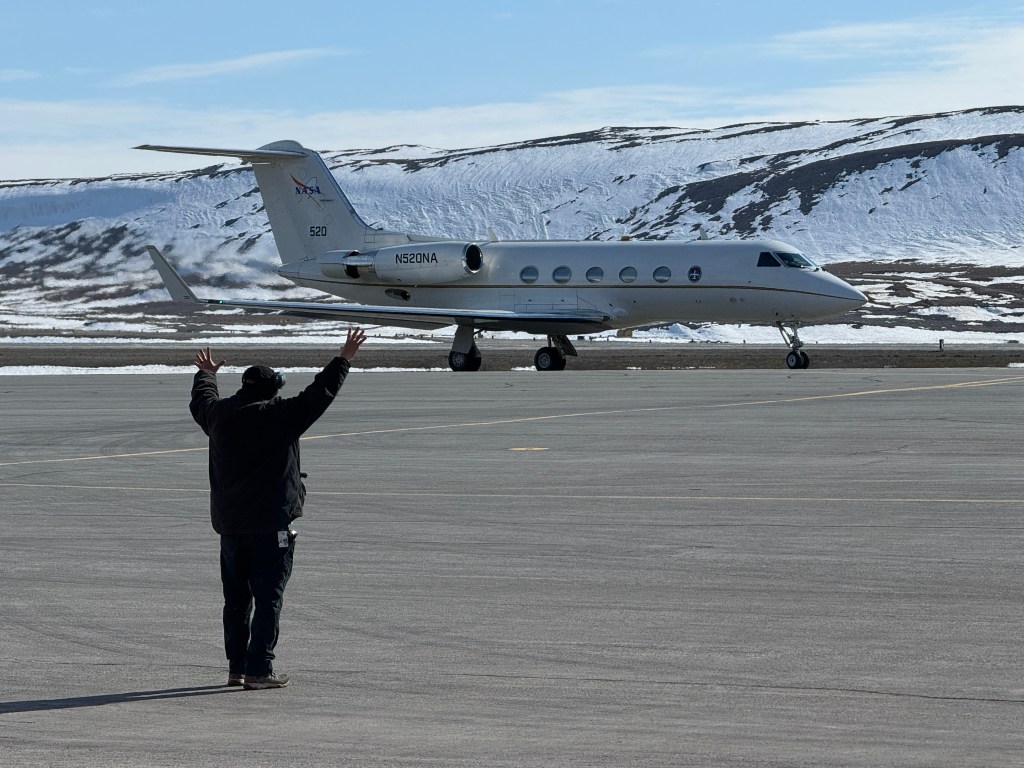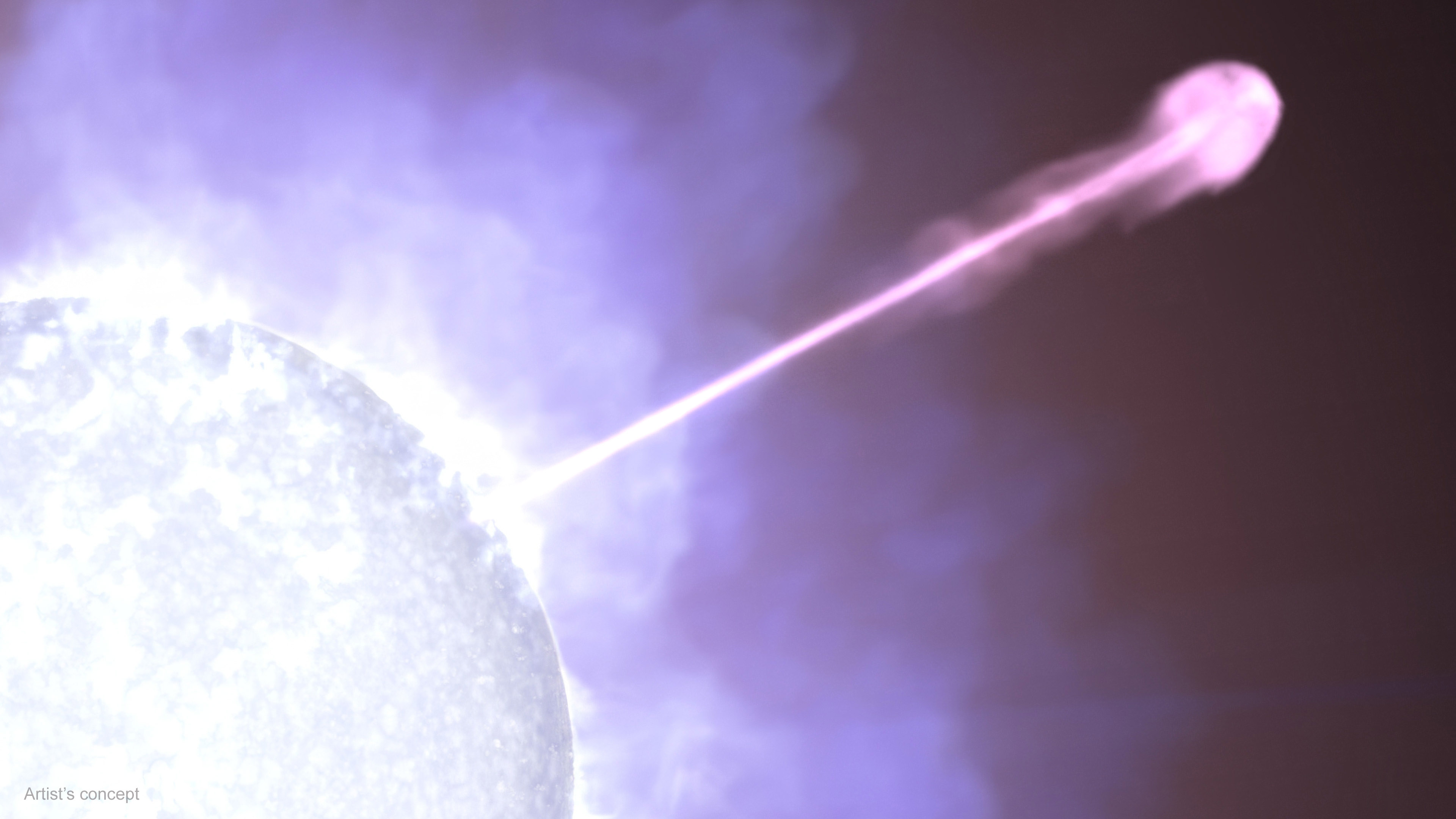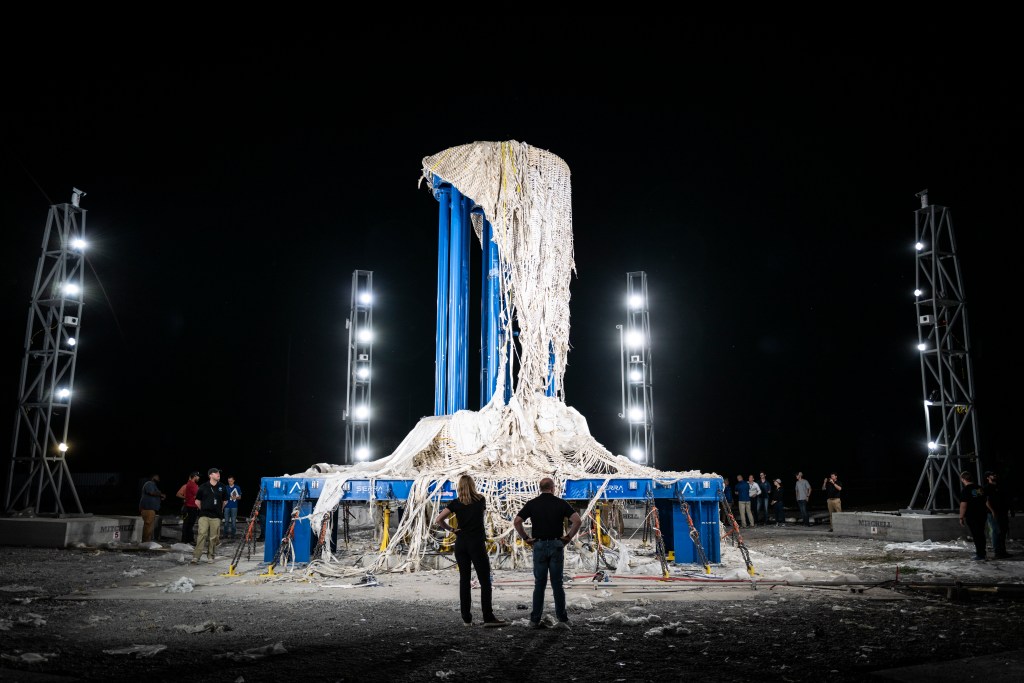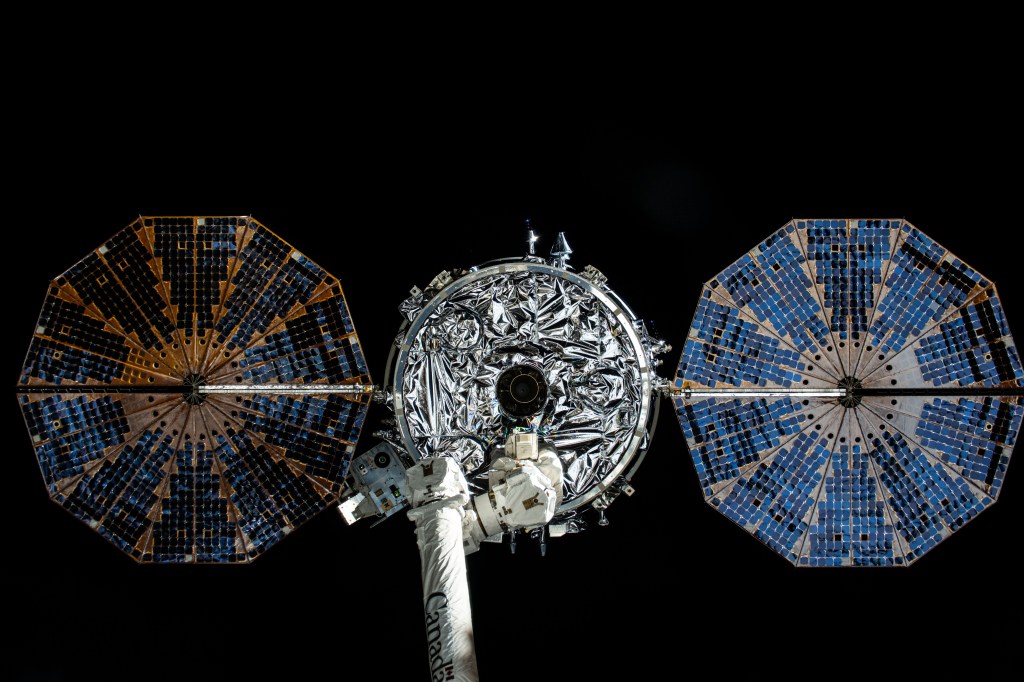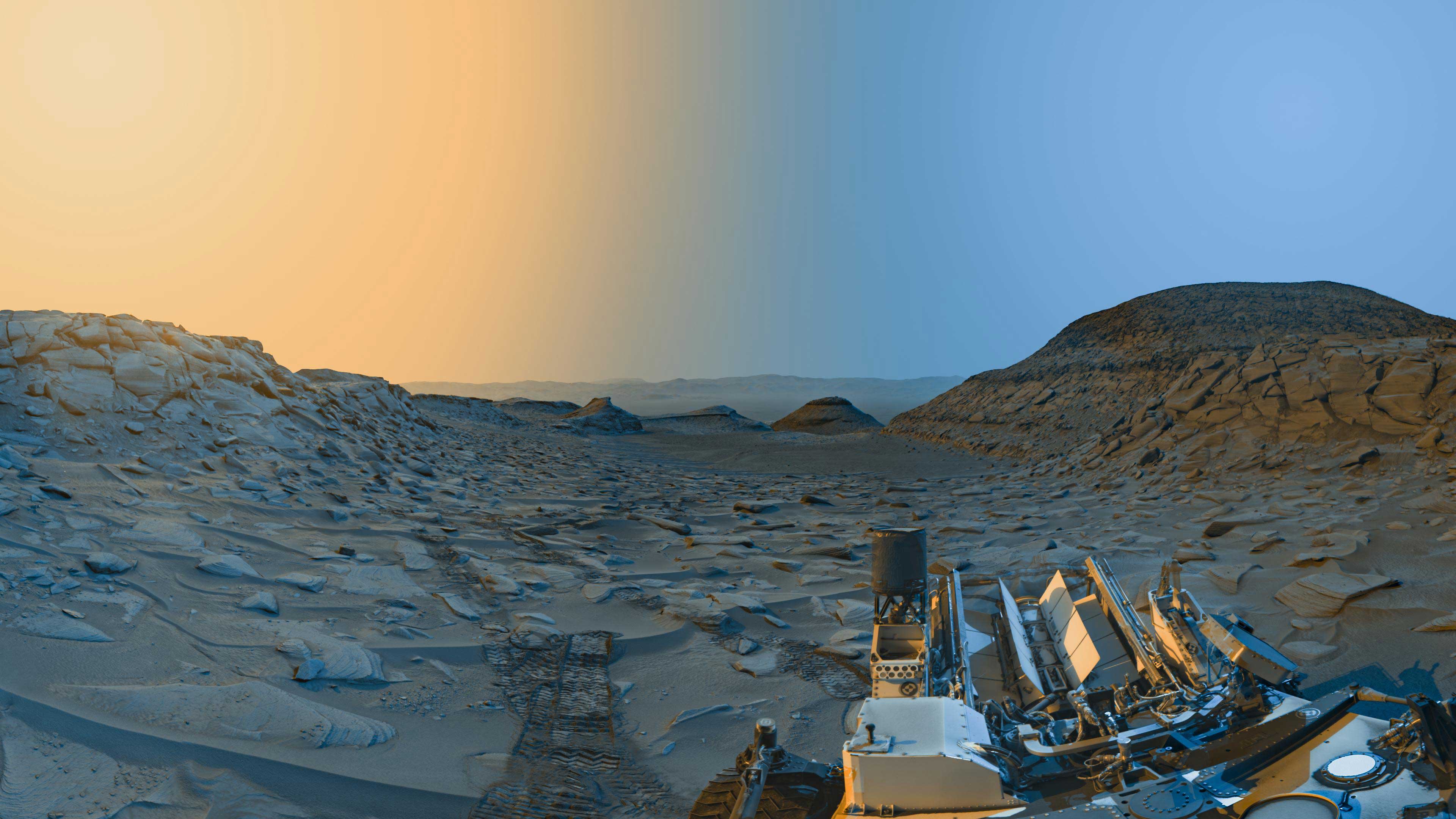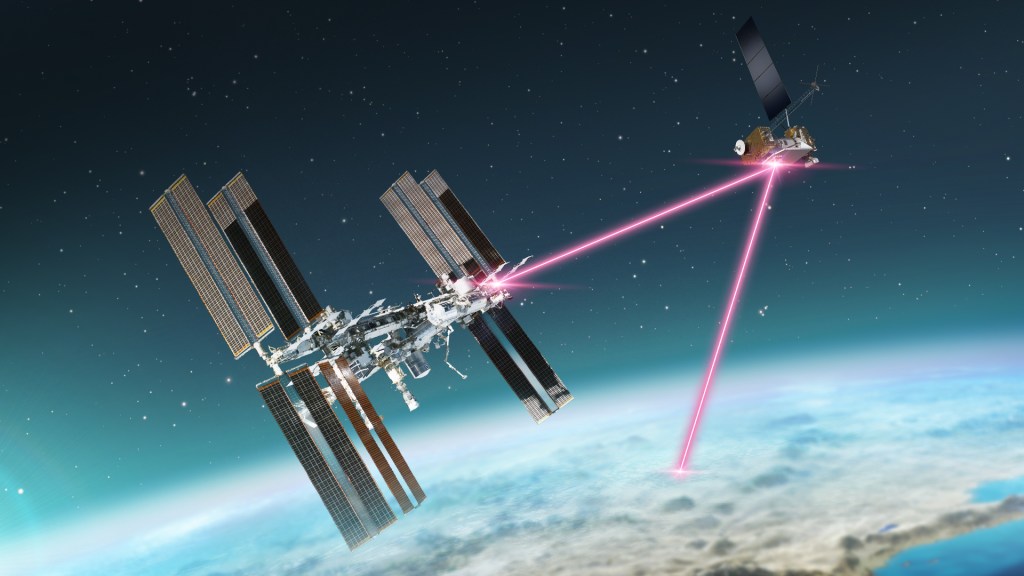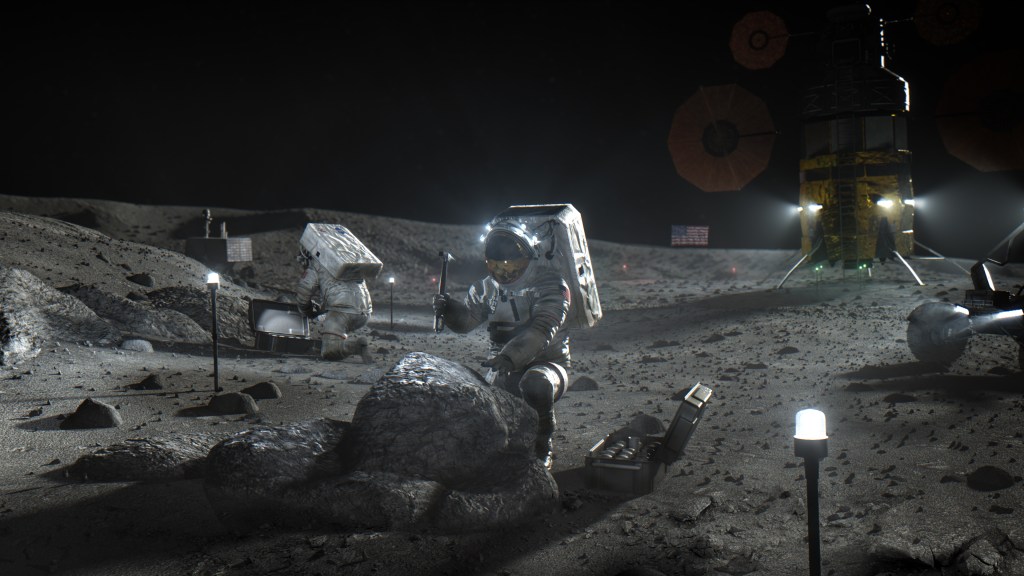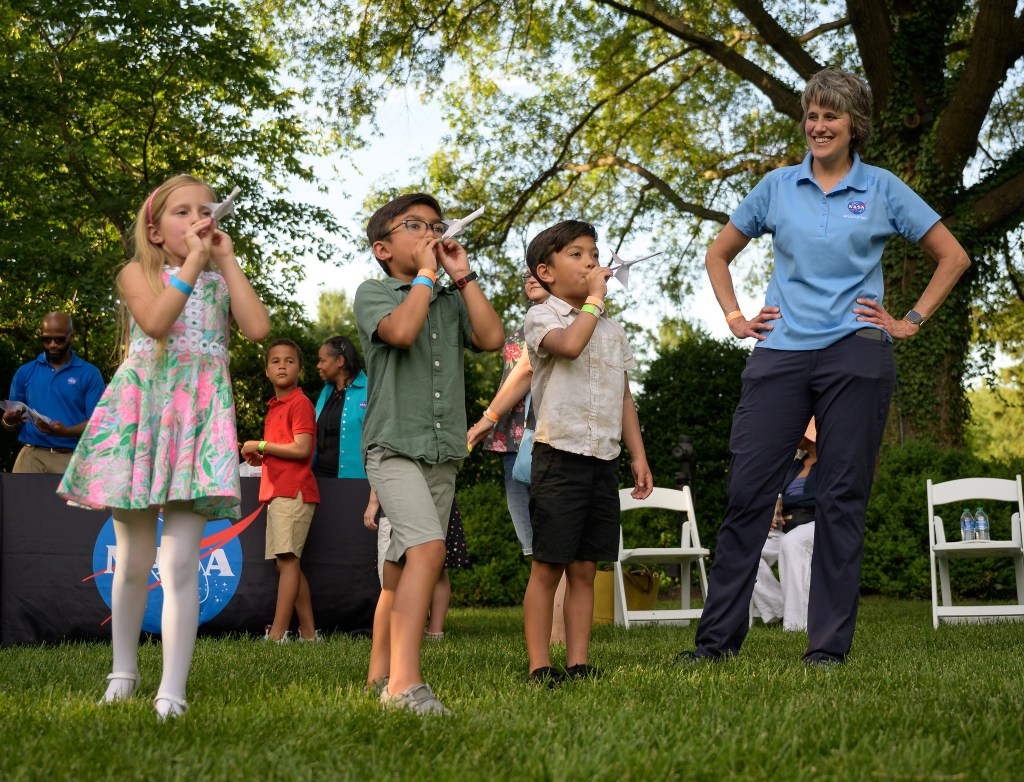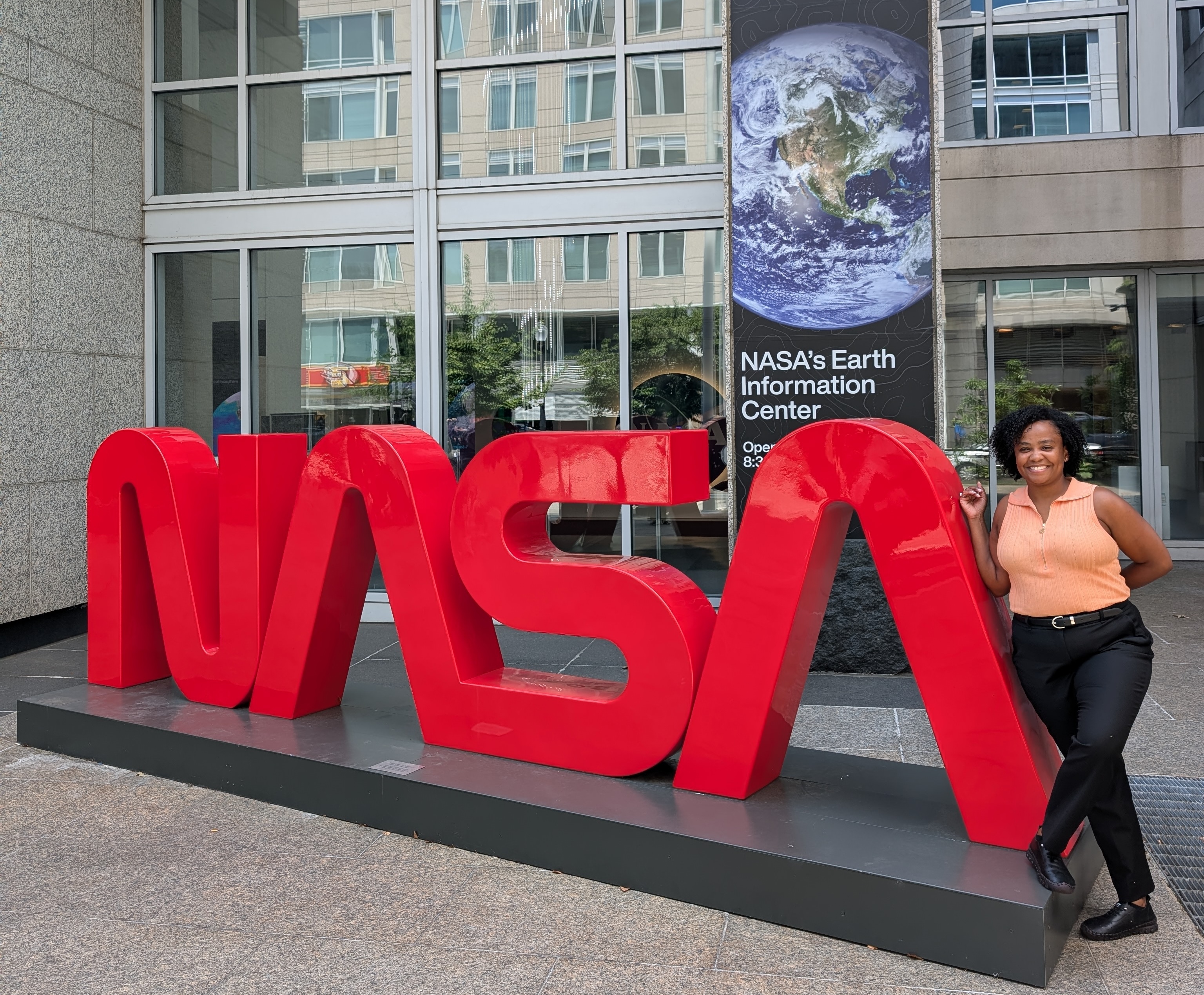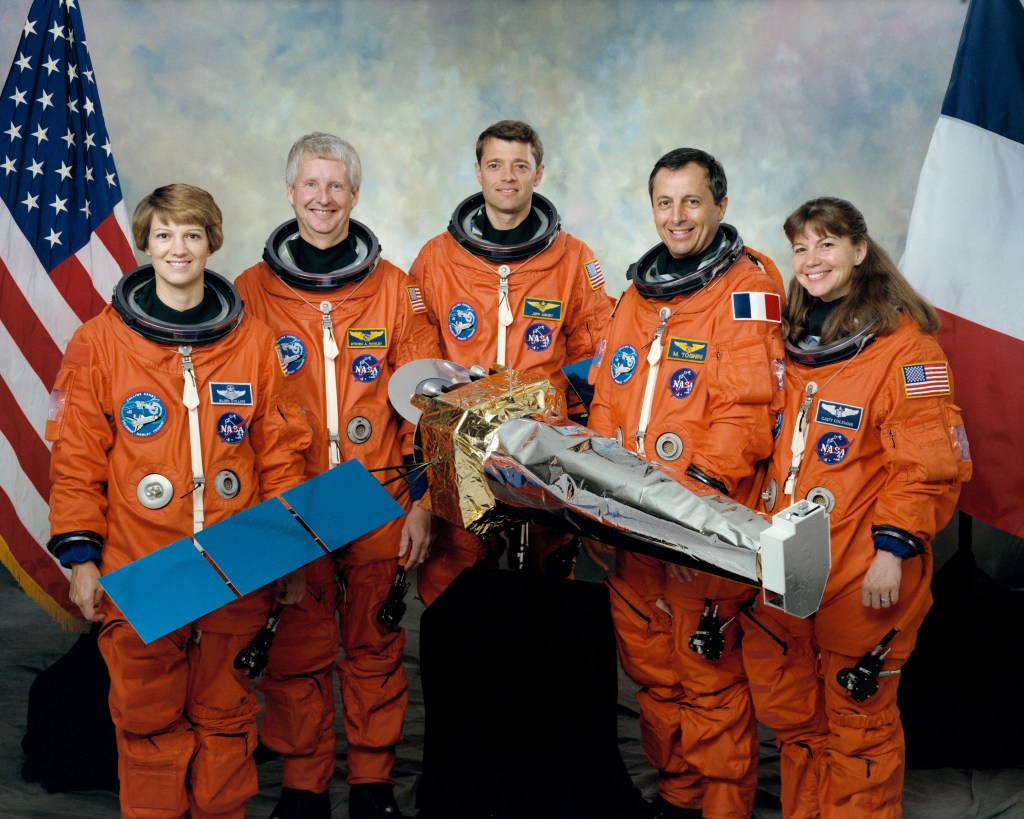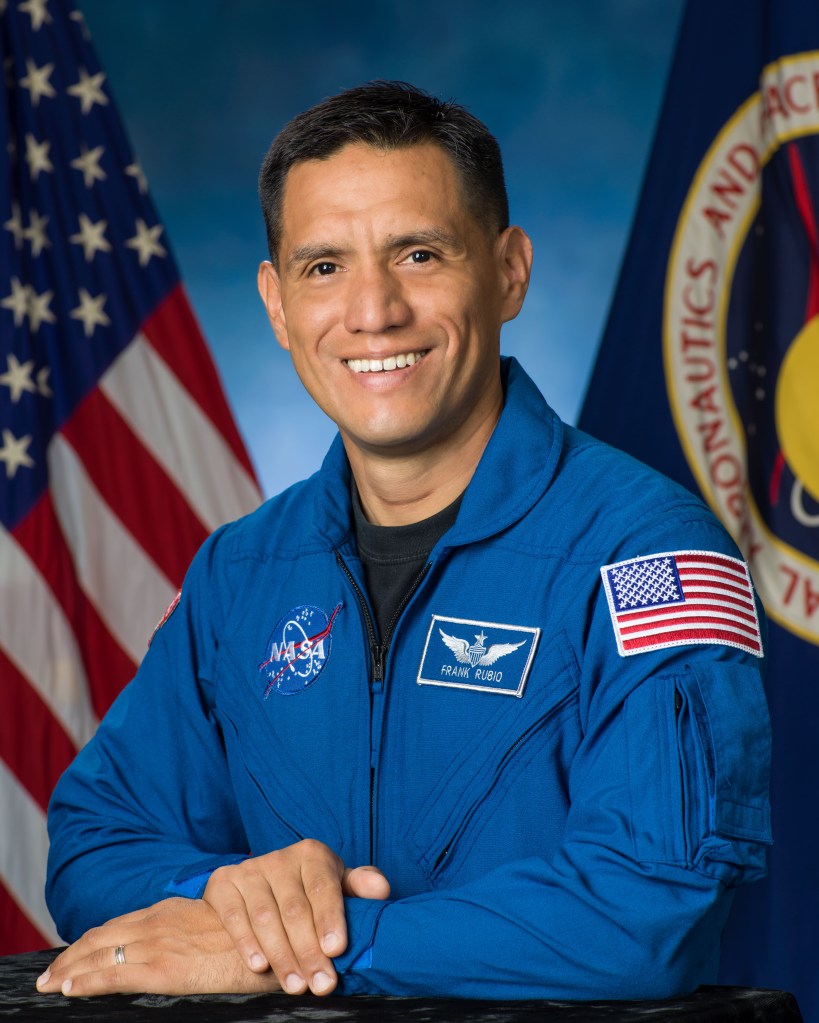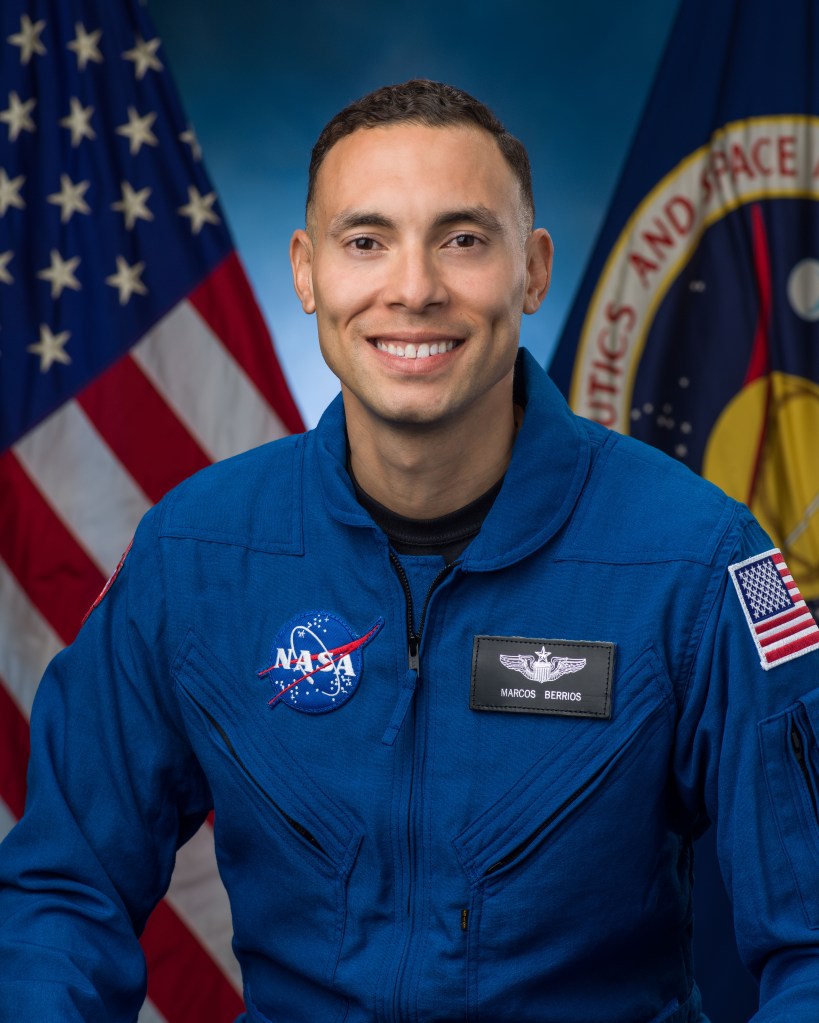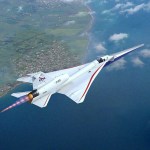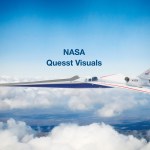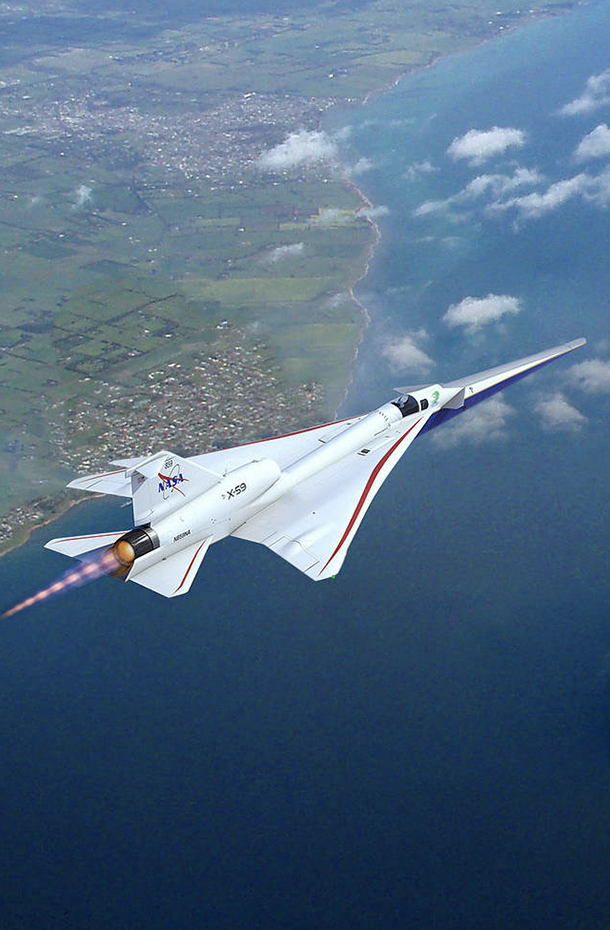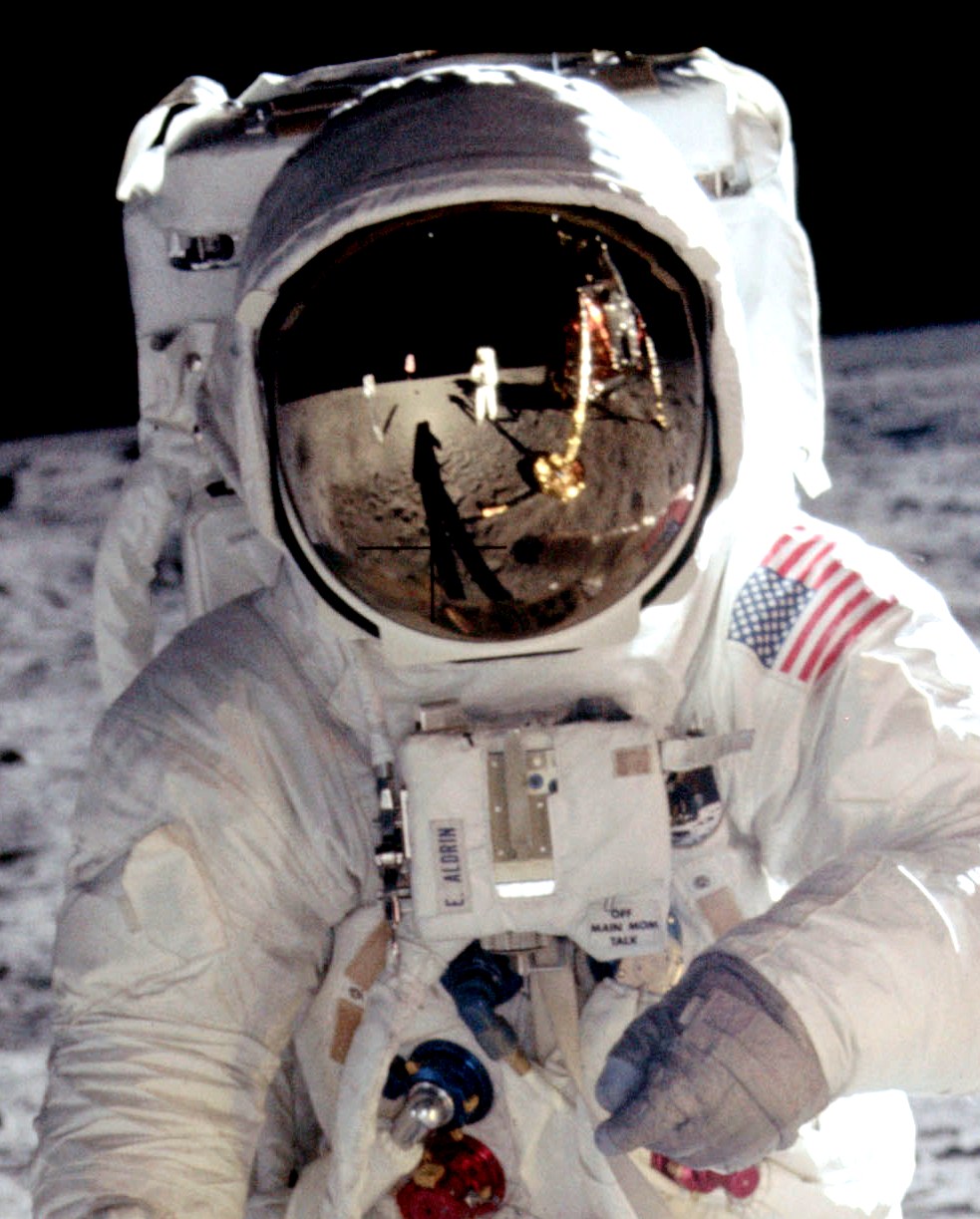Mission Overview
The Quesst mission has two goals: 1) design and build NASA’s X-59 research aircraft with technology that reduces the loudness of a sonic boom to a gentle thump to people on the ground; and 2) fly the X-59 over several U.S. communities to gather data on public responses to the sound generated during supersonic flight and deliver that data set to U.S. and international regulators.
Read More About the Mission
NASA's Quesst in Three Parts
The Quesst mission is comprised of three phases: build the X-59 aircraft, test it in the air, and then fly the airplane over communities to survey what residents hear.

Phase 1: Aircraft Development
2018–2024. NASA anticipates initial flights to prove performance and safety of the X-59 will take about nine months. At the successful conclusion of these flights, NASA will officially take delivery of the aircraft from builder Lockheed Martin.
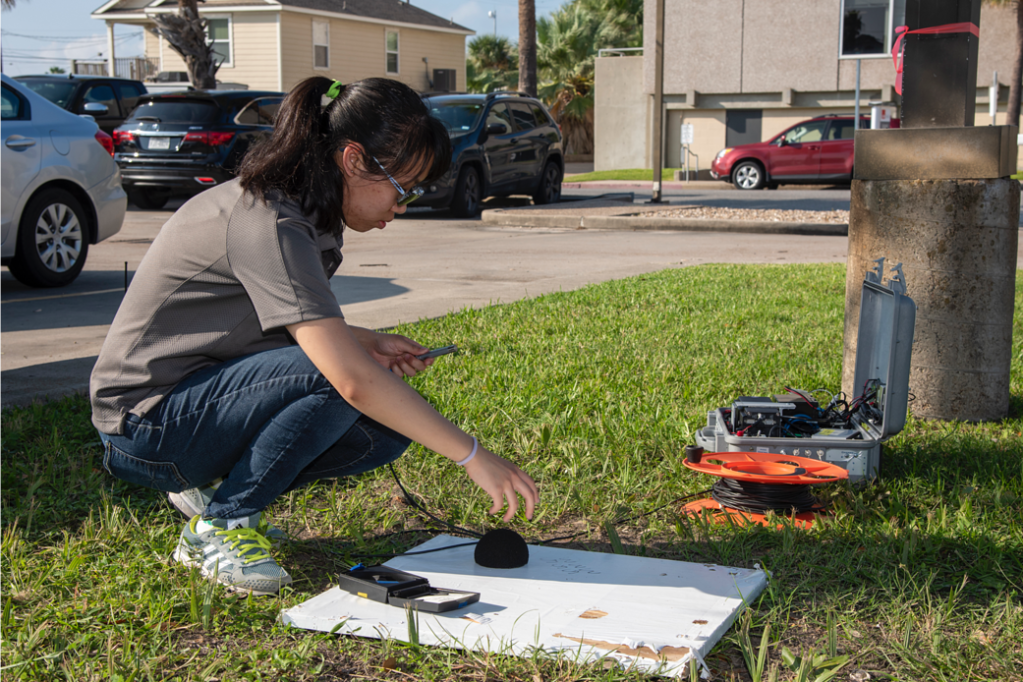
Phase 2: Acoustic Validation
2025. NASA will fly the X-59 within the supersonic test range over NASA's Armstrong Flight Research Center and Edwards Air Force Base in California to prove the quiet supersonic technology works as designed, aircraft performance is robust in real atmospheric conditions and the X-59 is safe for operations in the National Airspace System.
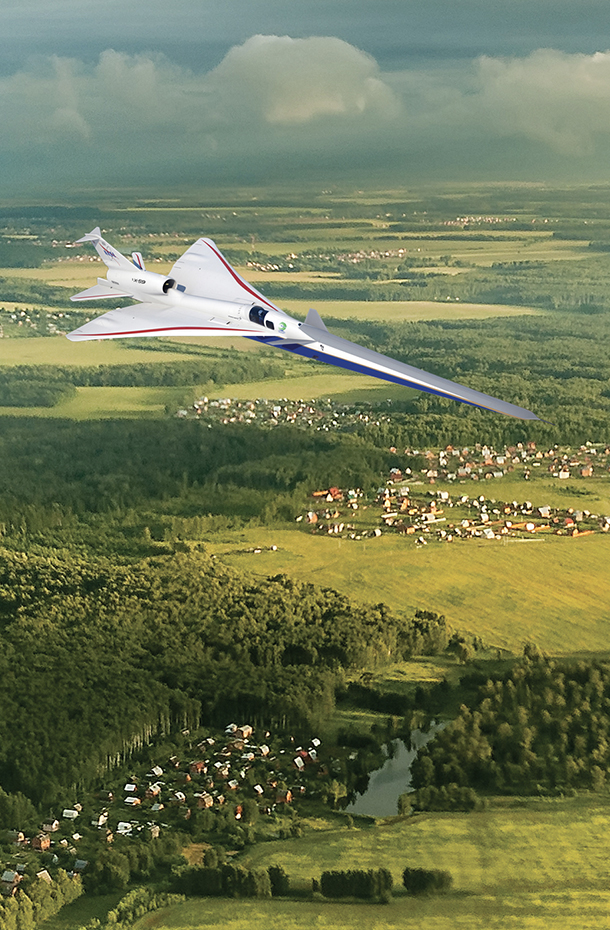
Phase 3: Community Response Testing
2026–2028. The agency will use the X-59 to gather data on how effective the quiet technology is in terms of public acceptance. This will be done by flying over select U.S. cities beginning in 2026 and asking residents to share their response to the sound the X-59 produces.
Quesst: The Mission News
Stay up-to-date with the latest content from Quesst: The Mission.
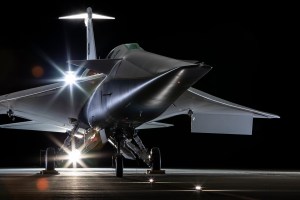
NASA has issued new grants to five universities to help develop education plans for the community overflight phase of the…

It’s almost time for NASA’s supersonic X-59 airplane to make its red, white, and blue public debut, and you’re invited…
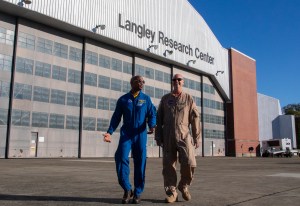
Nils Larson, aerospace engineer and test pilot for NASA’s X-59 aircraft, met up with his former student, Artemis II astronaut…
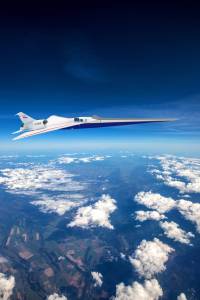
NASA will deliver the results to U.S. and international regulators, who will consider new rules that would lift the ban…
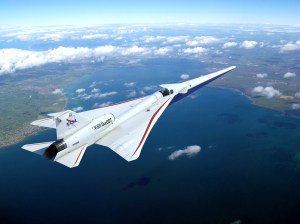
NASA has awarded a contract to Harris Miller Miller & Hanson Inc. of Burlington, Massachusetts, to support a national campaign…
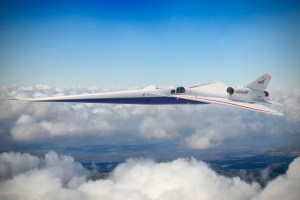
NASA has selected Lockheed Martin Aeronautics Company of Palmdale, California, to provide support for the community overflight response phase of…
